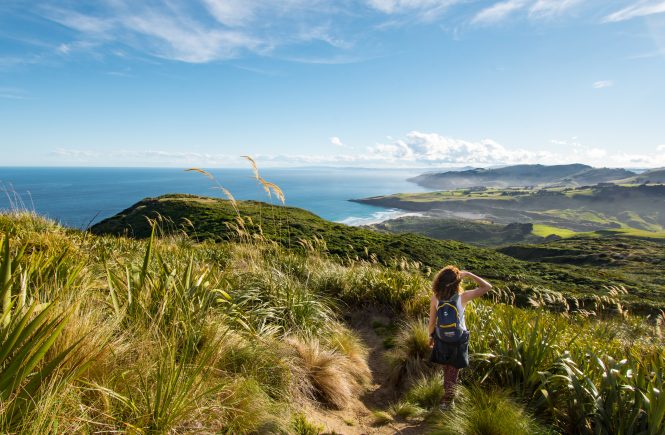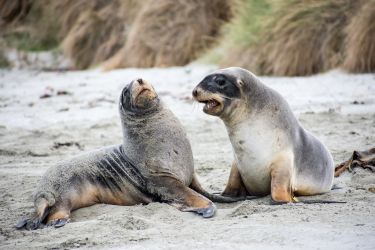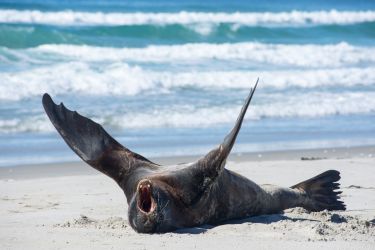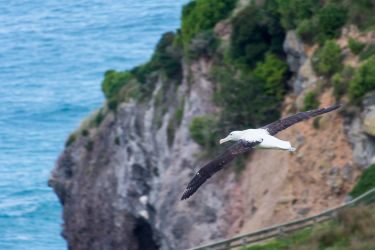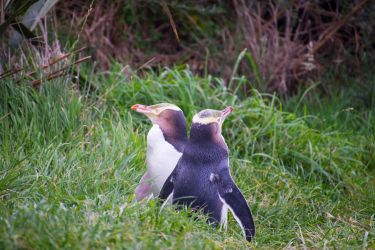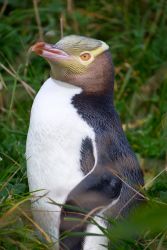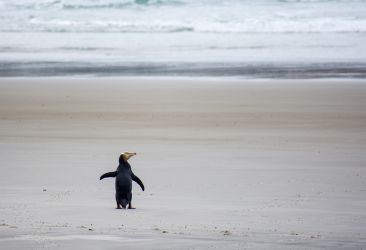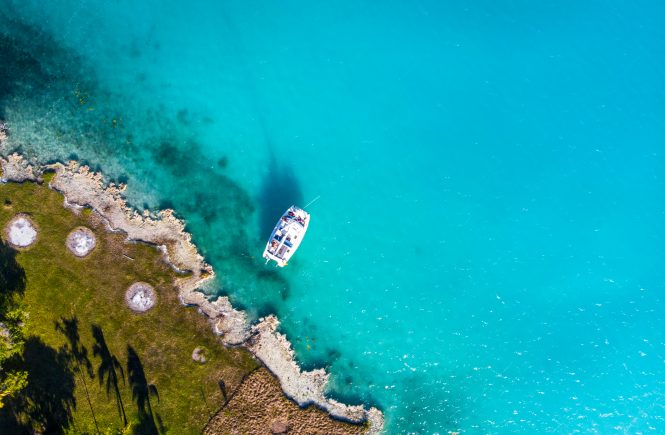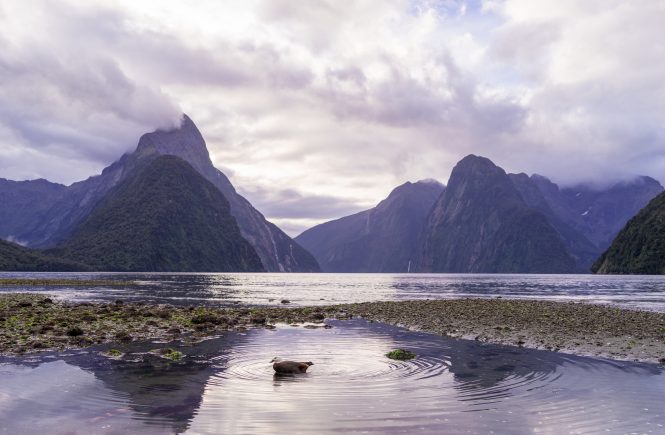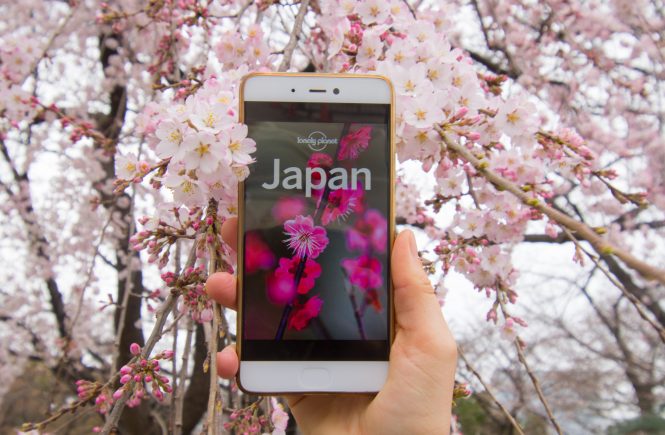Strolling through the hilly coastline of New Zealand feels like walking in heaven, at least to me. The grass is green, the sky is azure blue and cute little sheeps decorate the view. Fluffy clouds just pass by. You can hear the sound of the waves splashing against the cliffs. The sun is warming your face and a nice breeze flows around your body. The sweetest smell of nature surrounds you.
This was my first impression of New Zealand but now back to the serious stuff. Where to stay , where are the best hiking routes and where to spot the best wild life. The Otago Peninsula is the home of some very rare species like the Yellow-Eyed Penguin, Fur-Seals, Sea Lions and the Royal Albatross.
Where to Stay?
You can either stay in the closeby town Dunedin which is quite a big and lively student town. Or you can stay directly on the Otago Peninsula in the little village Portobello. We stayed in Portobello close to the nature at Portobello Tourist Park, which is a lovely little camping site with tent and van sites as well as little houses. The kitchen and showers were super clean and staff very friendly. Roland left my coffee machine in the kitchen and they kept it safe for us until we returned from our trip. Puuuuh! They also provide you with a hiking map of the Peninsula and can help arrange tour bookings. Check the prices.
Hiking and Penguin Watching at Sandfly Bay
If you want to feel like in heaven and enjoy spectacular views of Otago Peninsula’s coastline and cliff tops then you should hike to Sandy mount and take a short loop around Lovers leap before descending down to Sandfly bay. The views are incredible, it is an intermediate hike to start with. Starting from Sandy Mount and just follow the signs along the walking pass. First go up the the summit and then follow the sign to lovers leap.
Afterwards turn around and always follow the signs to Sandlfy bay. It is really fun to run down the soft sand hill, it is almost like skiing. You get incredible views over then beach. After arriving walk along the beach and say hello to some sea lions if you are lucky. Watch the sunrise and get ready to hide to see some Yellow-Eyed Penguins. They come back to shore during sunset to feed their little chicks. Yellow-Eyed Penguins are very shy and if they see humans they will not come out of the water, which means the chicks go hungry for this evening. On the left site of the beach there is a little shelter, sit inside and be patient. If there are too many people on the beach the chances are not too high to see the penguins. Don’t forget to bring a headlamp for the way back. In the evenings it can get quite cold so a light jacket is necessary. On the way back to your car you will definitely not feel cold walking up a sandy mountain is quite a workout.
Walk along Victory Beach to Spot Sea Lions
Victoria Beach is the longest beach of the Otago Peninsula. On the way to this beautiful beach you will walk through the wetlands and see some spectacular stone formations. The whole area used to be farmland for sheeps and cows, but luckily now it is a protected area so local vegetation can grow here again and give the local animals room too live.
Arriving at the beach you will be stunned by its beauty. Walk to the right site and you will quickly see black things moving on the beach, as you get closer and closer you can watch one of the rarest species of sea lions in their natural environment. They spend most of the day sleeping on the beach. We went there during lunch time and saw about 10 sea lions in total. And be careful, they like to play but playing involves biting so keep a healthy distance (10-20m) and never get between them and the ocean. Roland was sitting on the beach to take his shoes off when he was ambushed by two sea lions that suddenly came out of the water and rushed towards him. It was a narrow part of the beach so he could quickly escape into the dunes. They probably only wanted to play but the situation felt threatening. However, all other sea lions we encountered were just sleeping on the beach and not minding us at all.
See Endangered Royal Albatrosses Circle Over Your Head at the Albatross Research Center
After watching the BBC documentary “Blue planet” we got really excited to have the opportunity to see the biggest sea bird in the world live. Unfortunately, there are only 21.000 birds left. If you have a car just drive to the Albatross Center and take a tour which is a bit costly (50 NZD), but it will be used to help the rare birds to survive. You can also just stand outside the conservation area to see the birds flying around. We did the tour which brings you much closer to the birds. The guide will bring you in a little glass house on the top of the breeding hill so you can see the chicks waiting for their parents returning with food. The most impressive part is seeing these huge birds flying directly above and around you. We were super lucky to see 3 huge adult birds circling the hill directly over our heads as we walked down.
Royal Albatross Facts
They only breed once every two years which makes it very hard to increase the number of birds. At 7 months old, the chicks weigh about 10 to 12kg, a normal adult weighs only about 8kg. After the Albatross is strong enough it will fly away for at least 5 years from New Zealand to South Africa, South America and finally return back to its birth place to find a mate and breed. The wing span of an adult is up to 3 metres and they can fly at 120kph.
Plastic Pollution & Global Warming are Threats for the Royal Albatross
New Zealand is far away from most other countries in the world so the plastic pollution is actually not that bad here. We didn’t see much plastic on New Zealands beaches, but even here it happens that parent birds bring plastic back to their chicks and feed it to them. If the chick is eating it it will die. In the case here, the chick puked the plastic and survived, it was a cap of a plastic bottle.
Another big threat is the global warming, this year the summer was so hot in New Zealand that half of the chicks died before hatching. So there are only 14 chicks this year. This very is a very alarming development.
If you did not Find the Penguins by Yourself Join Elm Wildlife Tours
The Yellow-eyed Penguins are one of the 800 endangered species in New Zealand. Experts estimate that there are only 2.000 left in the world. The amount decreased drastically in the last years, so you need to be very lucky to see some on public beaches like Sandfly Bay. Deforestation in favour of farmland and the introduction of mammalian predators from Europe like weasels has made the life of a penguin very tough. Elm Wildlife Tours is a private organisation which tries to protect the penguins through giving them their natural environment back. So they rent land from farmers and grow New Zealand original vegetation there and protect them form predators, so the penguins have a safe space to breed. If you look at the pictures you can see all the grassland which looks very beautiful, but this is not how New Zealand originally looked like. There was a thick rainforest and only birds were living here. Now there is only the imported grass from Wales and about 30.000 sheeps and lots of cows. We think it is very amazing that private companies like Elm Tours help to protect almost extinct species. Therefore we highly recommend the tour to support their work and it is also a truly amazing experiences to hear and see the penguins quite close in their natural environment.
Here is the map for your trip to Otago Peninsula. Just click on the top right corner and the map will open with in Google Maps on your phone or desktop. Afterwards you can find this map saved in “My Maps” in your Google Maps Account. If you are in New Zealand just open the map and find all places easily.

